In the heart of the Caribbean lies Jamaica, a land of vibrant culture, stunning landscapes, and rich biodiversity. Yet, amidst the lush jungles and crystal-clear waters, a silent intruder lurks, wielding a profound influence on the island's delicate ecosystem—the mongoose.
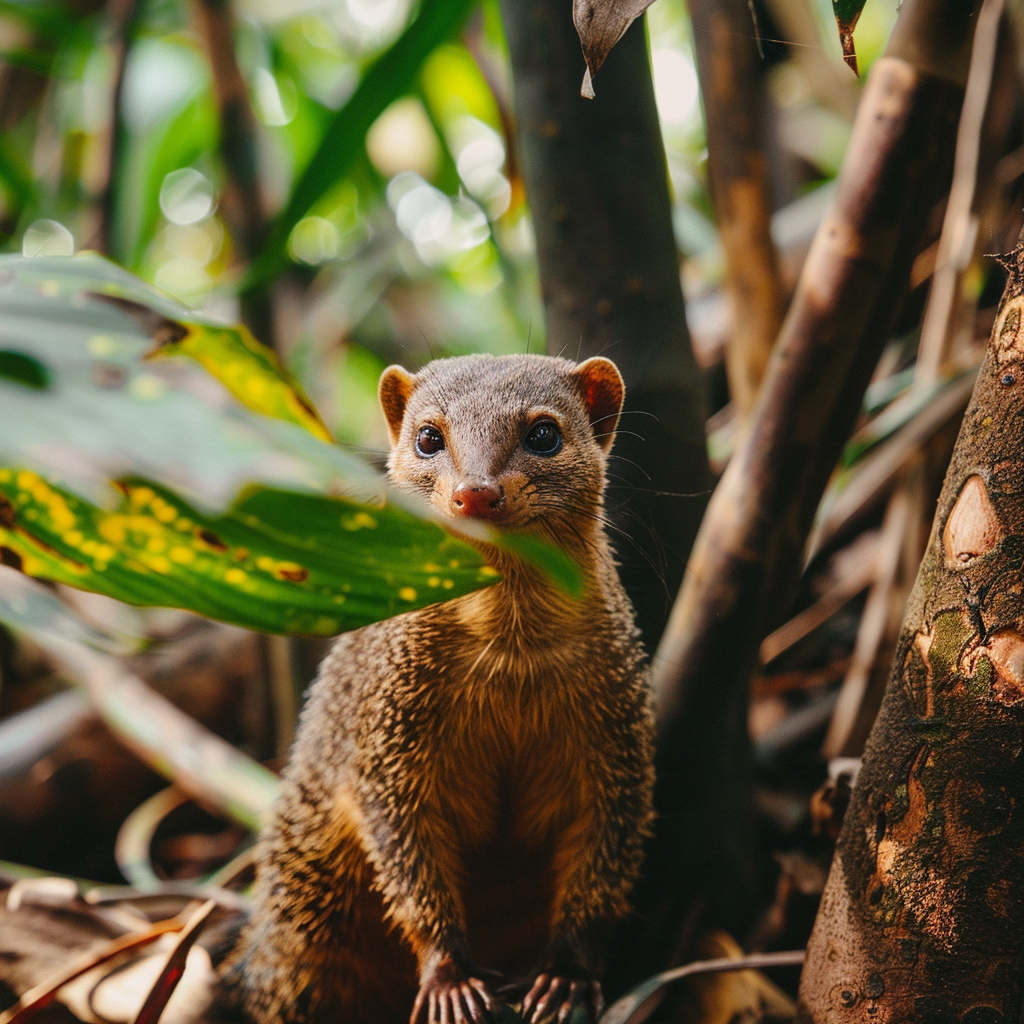
The Origin Story
The mongoose, a sleek and agile predator resembling a weasel, is not native to Jamaica. Its journey to the island began in the late 19th century when it was introduced from India with a singular purpose: to combat the rampant rat infestations plaguing Jamaica's sugarcane plantations. The idea seemed sound in theory—introduce a natural predator to control an invasive species. However, as history would reveal, the consequences of this decision were far-reaching and unforeseen.
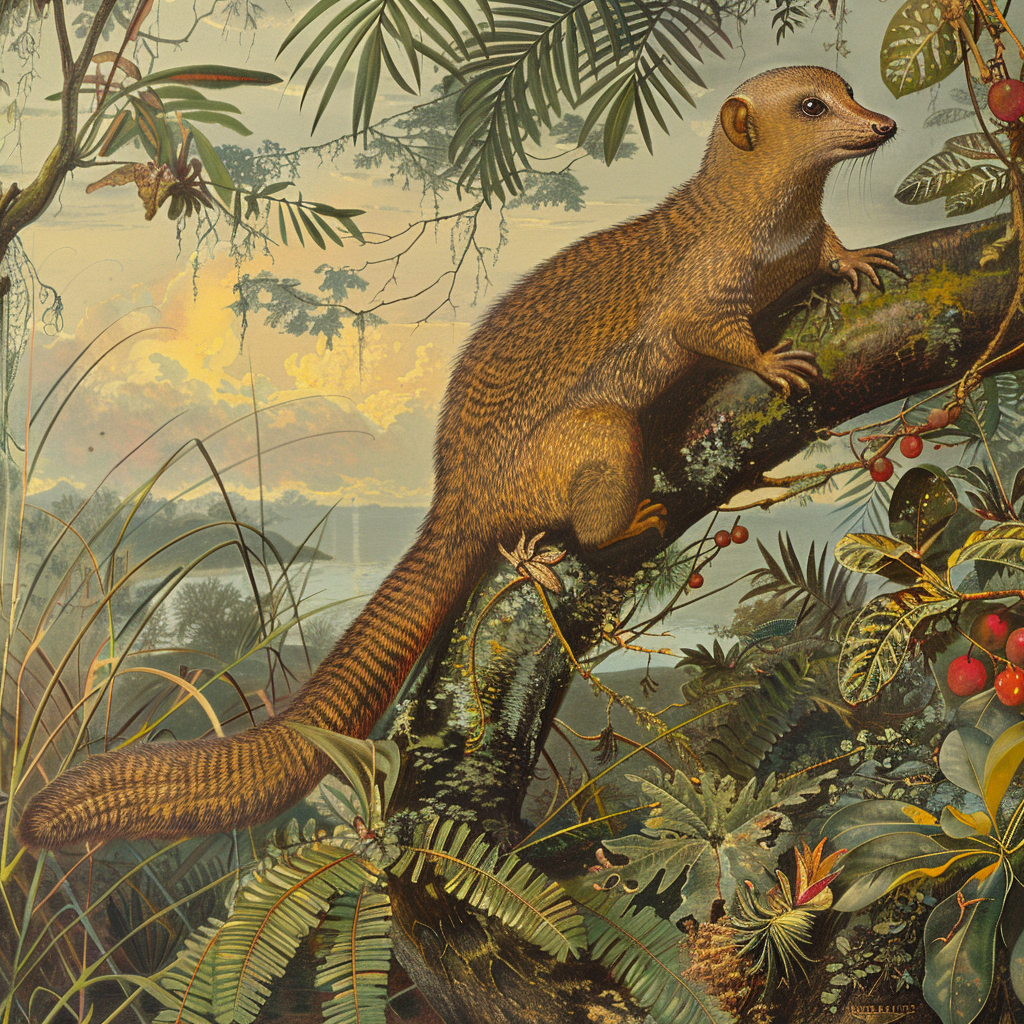
The Mongoose's Mission
In 1872, nine Indian mongooses arrived on Jamaican shores, heralded as saviors poised to rid the island of its rodent scourge. Initially, their impact was met with optimism as rat populations dwindled in the wake of their relentless hunting prowess. Sugarcane plantations breathed a sigh of relief as their crops were spared from the ravages of these voracious pests.
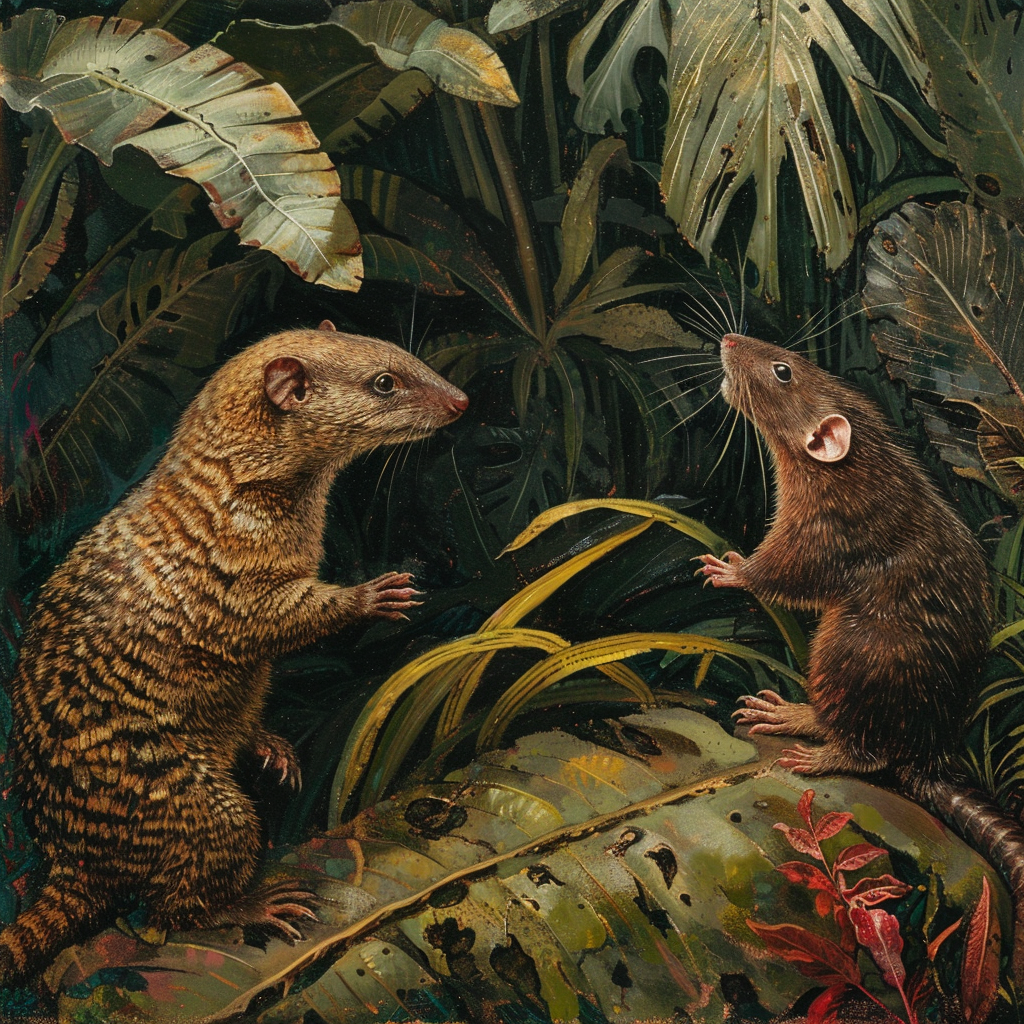
Unraveling the Ecosystem
Yet, as the mongoose settled into its new habitat, its appetite proved insatiable, extending far beyond its intended prey. Native birds, lizards, and reptiles soon found themselves in the crosshairs of this invasive predator. Ground-nesting birds, once abundant in Jamaica's forests, fell victim to the mongoose's relentless hunting, their populations dwindling as their eggs became coveted prizes for the marauding predator.
The mongoose's impact rippled through Jamaica's delicate ecosystem, disrupting the intricate balance that had evolved over millennia. Species that once thrived in harmony found themselves teetering on the brink of extinction, their existence threatened by an intruder they were ill-equipped to combat.
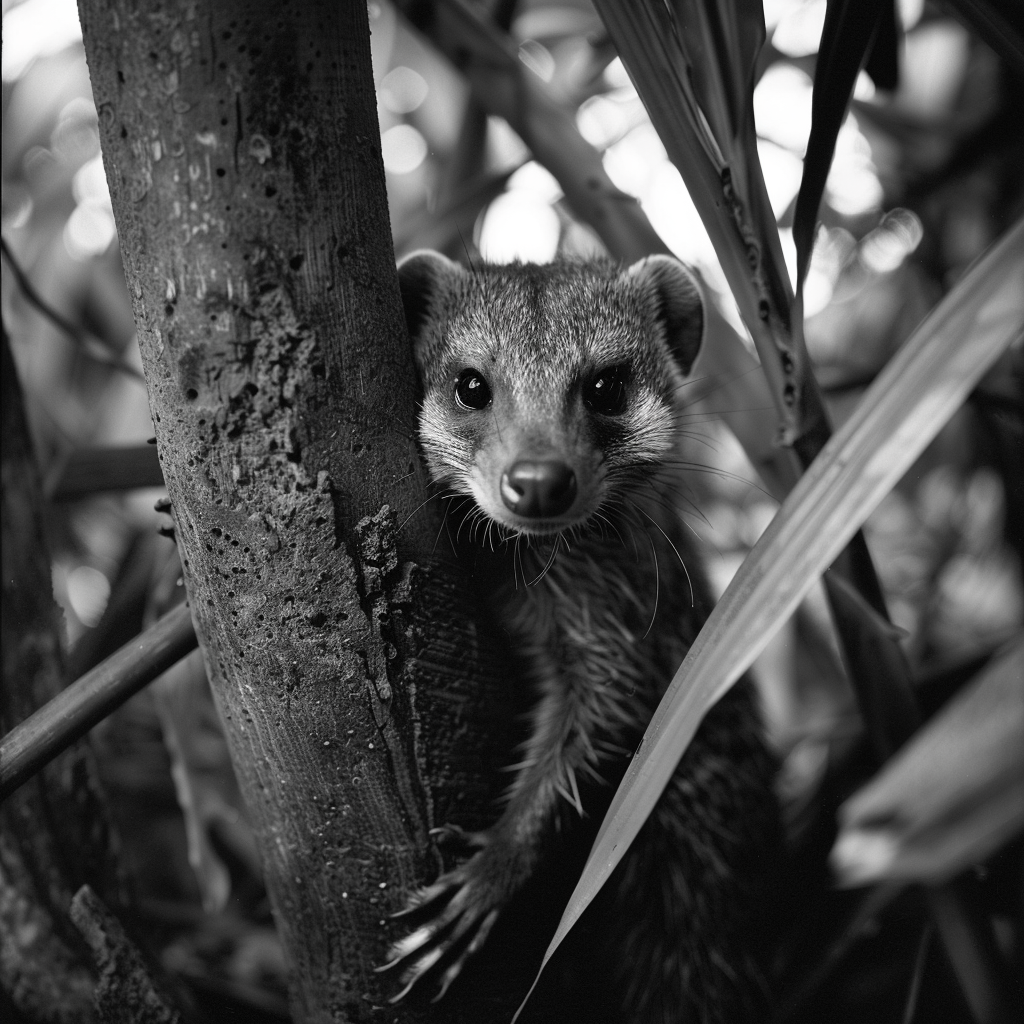
The Toll on Endemic Species
Among the casualties of the mongoose's reign of terror were several Jamaican endemic species, unique treasures found nowhere else on Earth. The Jamaican Petrel, a majestic seabird that once graced the island's skies, now faced dwindling numbers as its nesting grounds fell prey to mongoose predation. The Jamaican Poorwill, a nocturnal wonder known for its haunting call, found itself outmatched by the relentless hunting instincts of its new foe.

Amphibians and reptiles fared no better, with the Giant Galliwasp, a lumbering lizard endemic to Jamaica, facing imminent extinction as its habitat succumbed to the relentless advance of the mongoose. The Jamaican Rice Rat, a staple of the island's ecosystems, found itself outmaneuvered by this agile predator, its numbers plummeting in the face of relentless predation. Even the elusive Black Racer snake, once a symbol of Jamaica's untamed wilderness, found itself in retreat as the mongoose's presence loomed large.
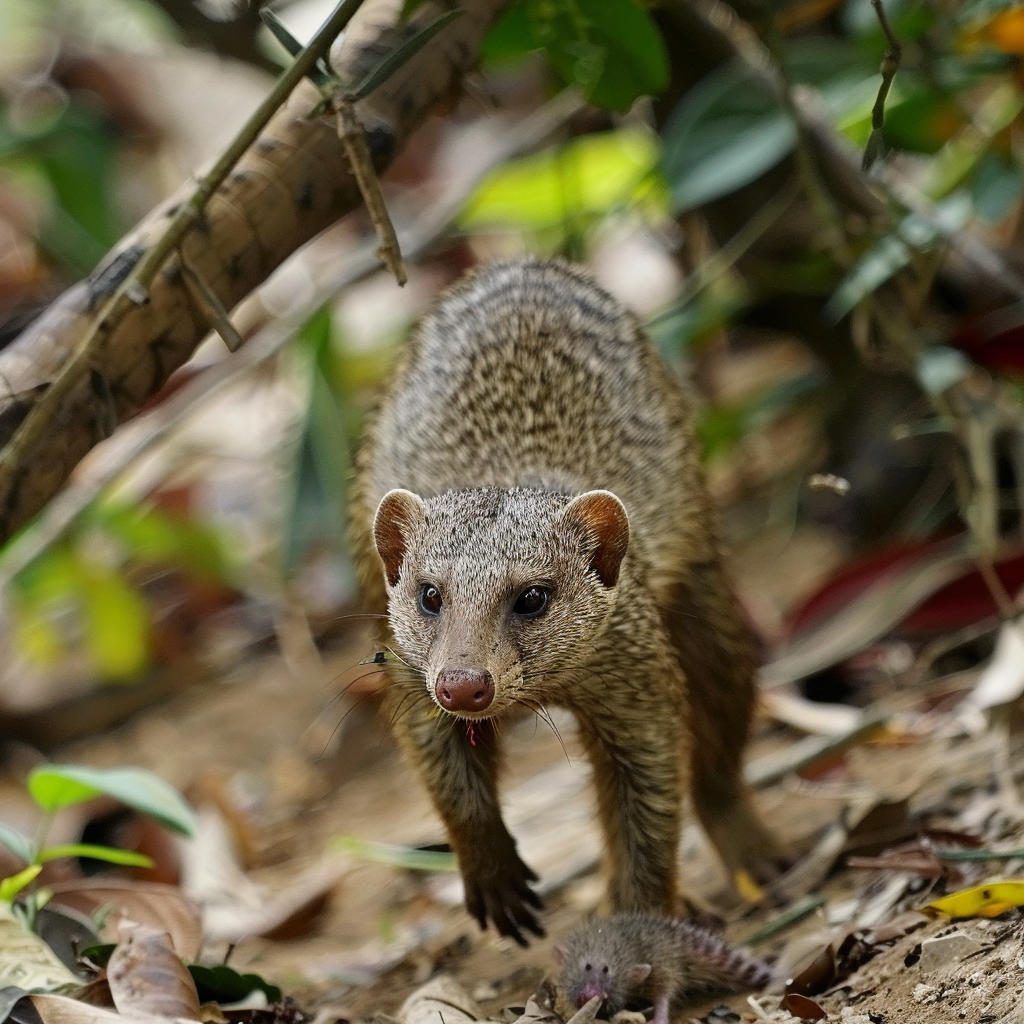
The Ripple Effect
As Jamaica grappled with the fallout of the mongoose's introduction, scientists and conservationists sounded the alarm, warning of the irreversible damage wrought by this invasive species. Ground-nesting birds, once a common sight in Jamaica's forests, faced an uncertain future as their nesting sites fell prey to mongoose predation. Sea and waterfowl, once abundant along Jamaica's coastlines, found themselves increasingly vulnerable as their habitats came under siege from this relentless predator.
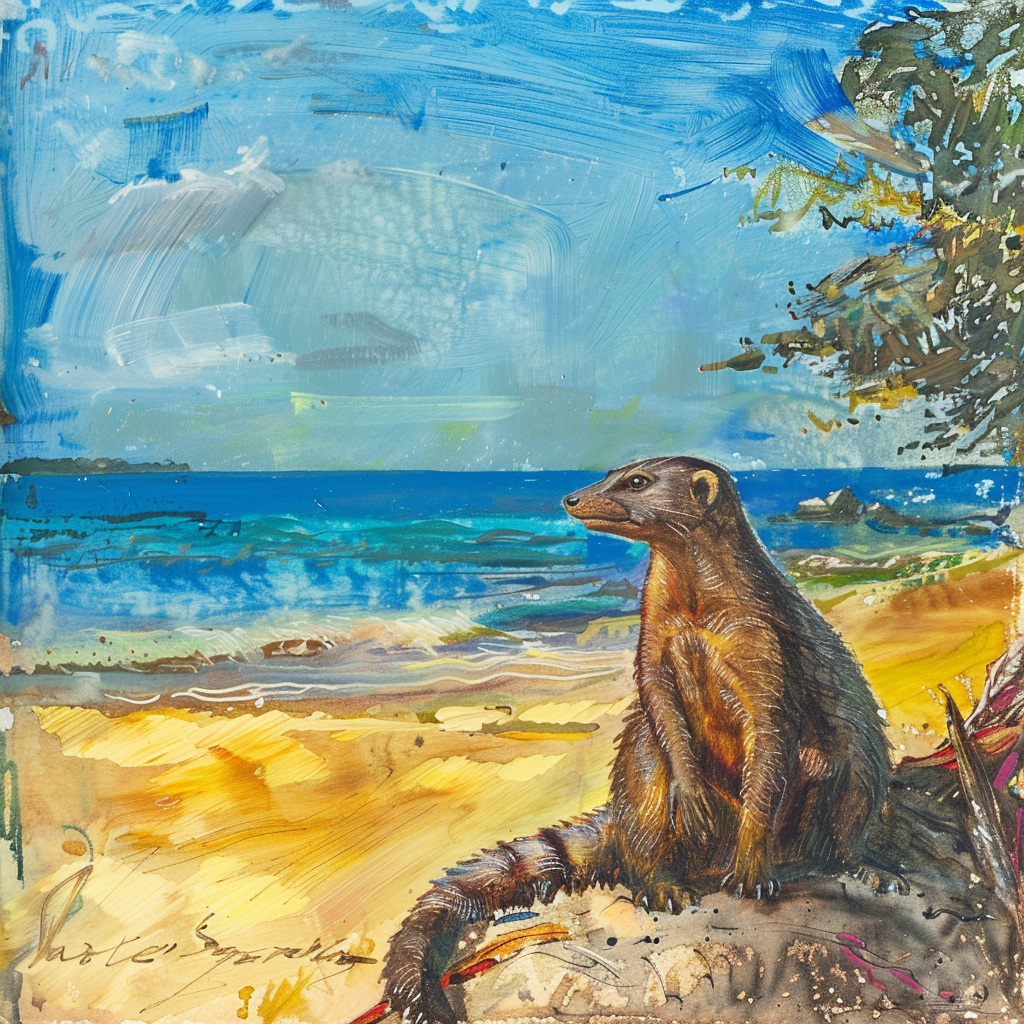
The Legacy of the Mongoose
Today, the mongoose stands as a stark reminder of the unintended consequences that can arise from well-intentioned interventions in natural ecosystems. What began as an earnest attempt to control rat populations ultimately led to the decline of numerous native species (and even extinction of some endemic species) and irreparable damage to Jamaica's biodiversity. As Jamaica works to preserve its natural heritage for future generations, the mongoose serves as a cautionary tale—a testament to the delicate balance that exists within our natural world and the profound impact that even the smallest actions can have on the world around us.

In the verdant jungles of Jamaica, amidst the cacophony of birdsong and the rustle of leaves, a silent intruder roams—a reminder of the fragility of our planet's ecosystems and the importance of stewardship in safeguarding our natural heritage. As Jamaica confronts the challenges posed by invasive species, the mongoose serves as a potent symbol—a cautionary tale of the unintended consequences that can arise when humans alter the delicate balance of nature. Yet, amidst the turmoil wrought by this unwelcome guest, there remains hope—a belief that through careful conservation efforts and a renewed commitment to protecting Jamaica's unique biodiversity, the island can chart a course towards a brighter, more sustainable future.
